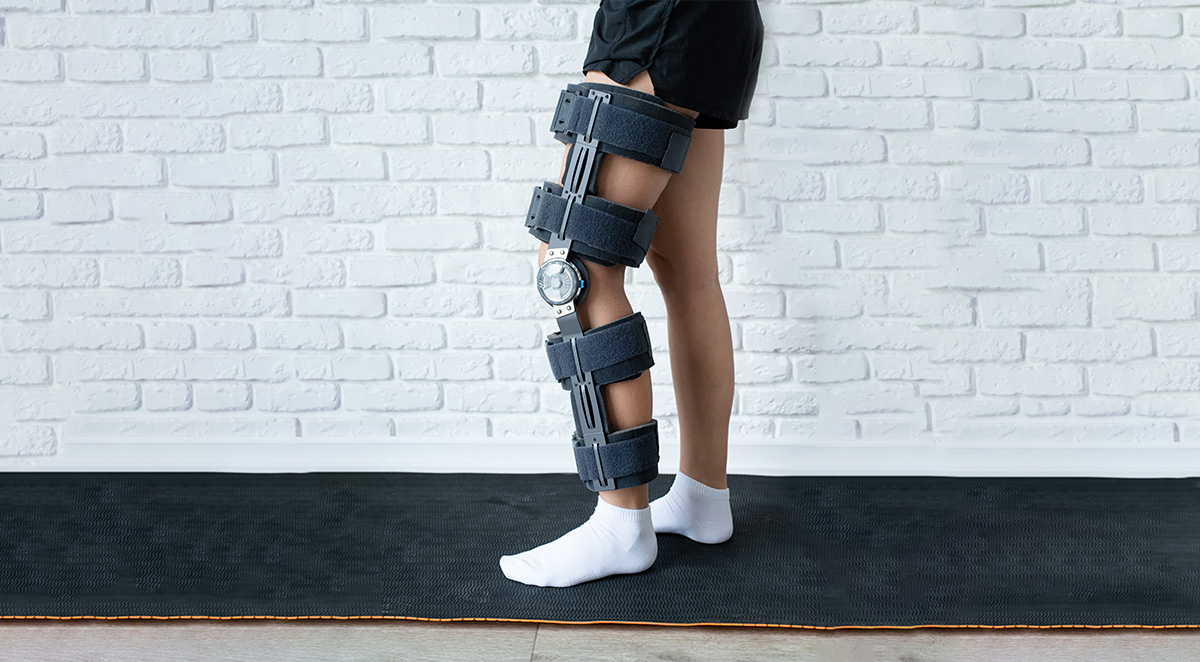

All About KAFO Bracing
Reduced mobility in the knee, ankle, and foot can have a profound impact on various aspects of your life. Whether stemming from injury, disease, or age-related conditions, mobility challenges can influence your physical health, emotional well-being, and even your social life. A few of the unwanted impacts of mobility issues include:
- Pain and Discomfort: Issues with your knee, ankle, or foot often result in persistent pain that can hinder daily activities. Simple actions like walking, climbing stairs, or standing for extended periods can become challenging tasks.
- Fatigue: Limited mobility can make you feel more tired as your body compensates for the weakened areas, causing strain in other muscles and joints.
- Reduced Exercise: Limited mobility often restricts your ability to exercise, which has a cascading effect on overall health, including weight gain, reduced cardiovascular health, and diminished muscle tone.
- Loss of Independence: Struggling with basic movement can make you dependent on others for activities such as shopping, driving, or even personal care, which can be emotionally taxing and potentially lead to feelings of helplessness.
- Stress and Anxiety: Pain and reduced mobility can contribute to mental stress and anxiety, particularly if your condition affects your capacity to engage in work or recreational activities.
- Low Self-Esteem: Physical limitations can result in decreased self-confidence and lower self-esteem, especially if your identity is tied closely to physical capabilities.
If you have considered fighting back against reduced mobility with KAFO bracing, this guide will help you understand what these devices are and how they can improve your lifestyle.

Emotional Recovery After Amputation
The loss of a limb due to amputation can be a life-altering event, leaving profound impacts on your physical, emotional, and psychological well-being. As you adapt to your new reality, it's natural to experience a rollercoaster of emotions, ranging from grief and frustration to hope and resilience.

Pediatric Bracing: SMOs vs. AFOs
Researching solutions to issues your children might be facing can be challenging and often frustrating. Parents and caregivers want the best for their children and will not rest until they find effective ways to address their problems. Yet, sometimes it's not easy to find those solutions.

Amputation: Recovery and Rehabilitation
Life is a remarkable journey filled with unexpected twists and turns, and sometimes, those twists lead us down paths we never thought we'd tread. One such path is the experience of life after an amputation.
Whether it's the result of an accident, a medical condition, or a difficult choice, an amputation brings profound changes that can leave us feeling unsure, overwhelmed, and even questioning our sense of self. But amidst the challenges, there is hope, resilience, and a world of possibilities waiting to be discovered.